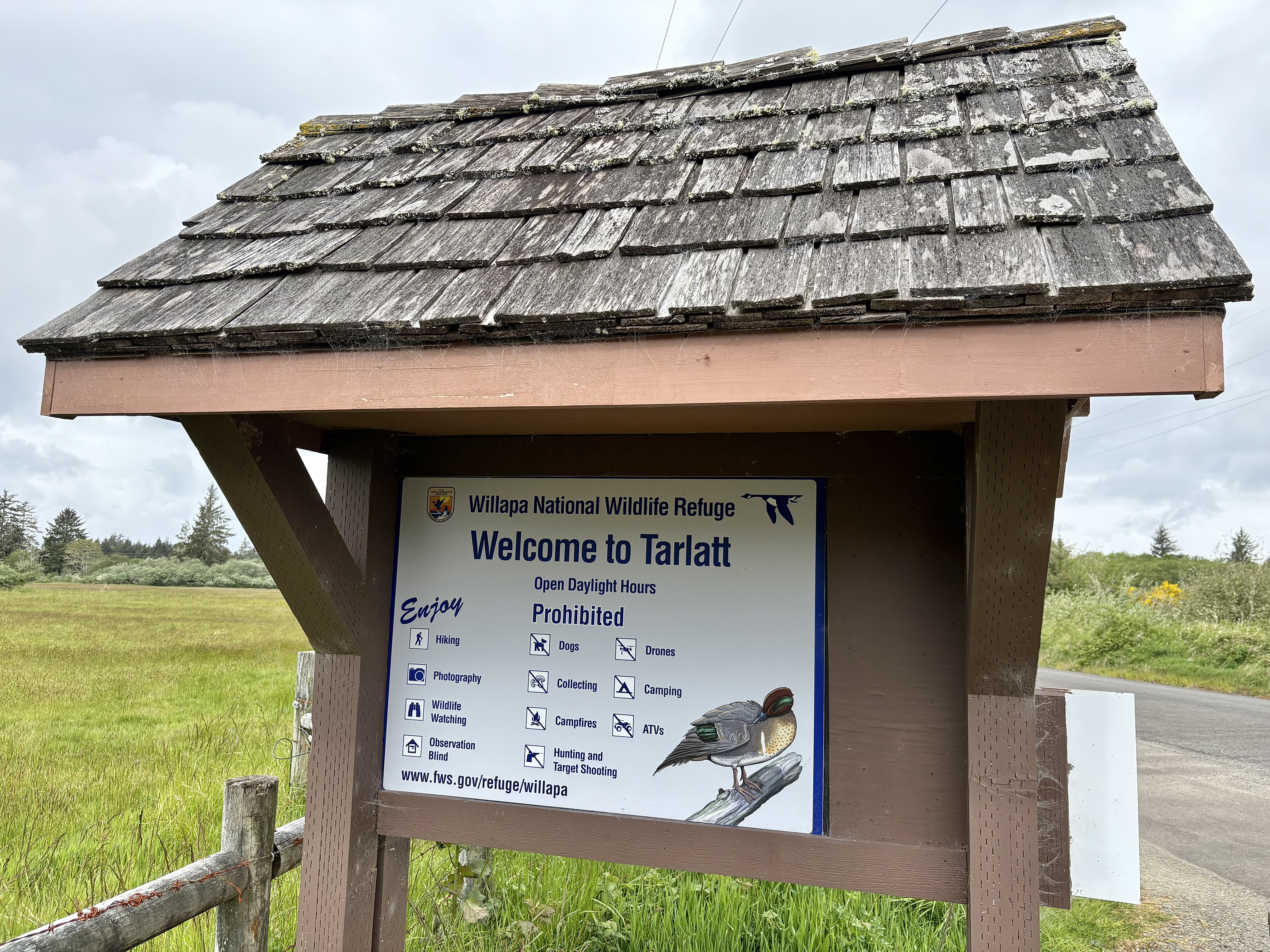Birdwatching Western meadowlark: A popular state bird
Published 12:06 pm Tuesday, January 30, 2018

- Dr. Madeline Kalbach is one of Pacific County's best-known bird experts.
By Dr. Madeline A. Kalbach
Trending
For the Observer
The western meadowlark is an interesting bird that is rare on the Willapa National Wildlife Refuge and the Peninsula. This means that we see it, but only at intervals of every two to five years. It has been seen in every season except spring. It is considered hard to find in all of Pacific County. It’s a popular bird. It is the state bird of six states: Kansas, North Dakota, Nebraska, Oregon, Montana and Wyoming. The only bird that is more popular is the northern cardinal, which outranks the meadowlark by one state.
Last week, four western meadowlarks perched on a fence on Sandridge Road just before 85th Street. This is not surprising since they tend to travel in loose flocks. Before them lay grasslands that most likely contained the food they fancy most — namely insects, worms and seeds. Western meadowlarks can also be seen on farmland, prairie lands and at the edges of marshlands. They were once considered pests by farmers, because it was thought they ate the farmer’s grain. In 1914, a study to determine whether they were pests was instituted. It was found that while meadowlarks did eat grain, “they also helped limit numbers of crop-damaging insects,” according to Cornell Ornithological Laboratory.
Trending
The meadowlark is a member of the blackbird family and so like others in its family has the ability to push its bill into the earth or bark so that it can probe for insects or other tasty morsels. This feeding behavior is called gaping, the Cornell lab notes. Meadowlarks typically feed on the ground.
The western meadowlark has white outer tail feathers and a vibrant yellow breast that is decorated with a black V shaped band. Its song is a melodic song of flute like notes that ring out for all to hear. Males can usually be seen singing from fence posts.
Western meadowlarks nest on the ground. The female builds the nest and chooses the site. It is generally a small depression that is hidden by vegetation to protect it from detection. Males spend about a month setting up and defending a territory before the females arrive on the scene. Scientists have found that successful males typically mate with two females during the breeding season, bring food to the nest once the chicks are hatched and noisily chase intruders away. Western Meadowlarks are extremely sensitive to human disturbance when nesting and will abandon a nest if they are disturbed while incubating their eggs, according to Cornell.
It is a good sign to have seen western meadowlarks at this time of year. I think it may bode well for the coming seasons; 2018 may be one those years where we will see them often. Check out the fields, pastures and marsh edges. Hopefully you will see the beautiful western meadowlark.









